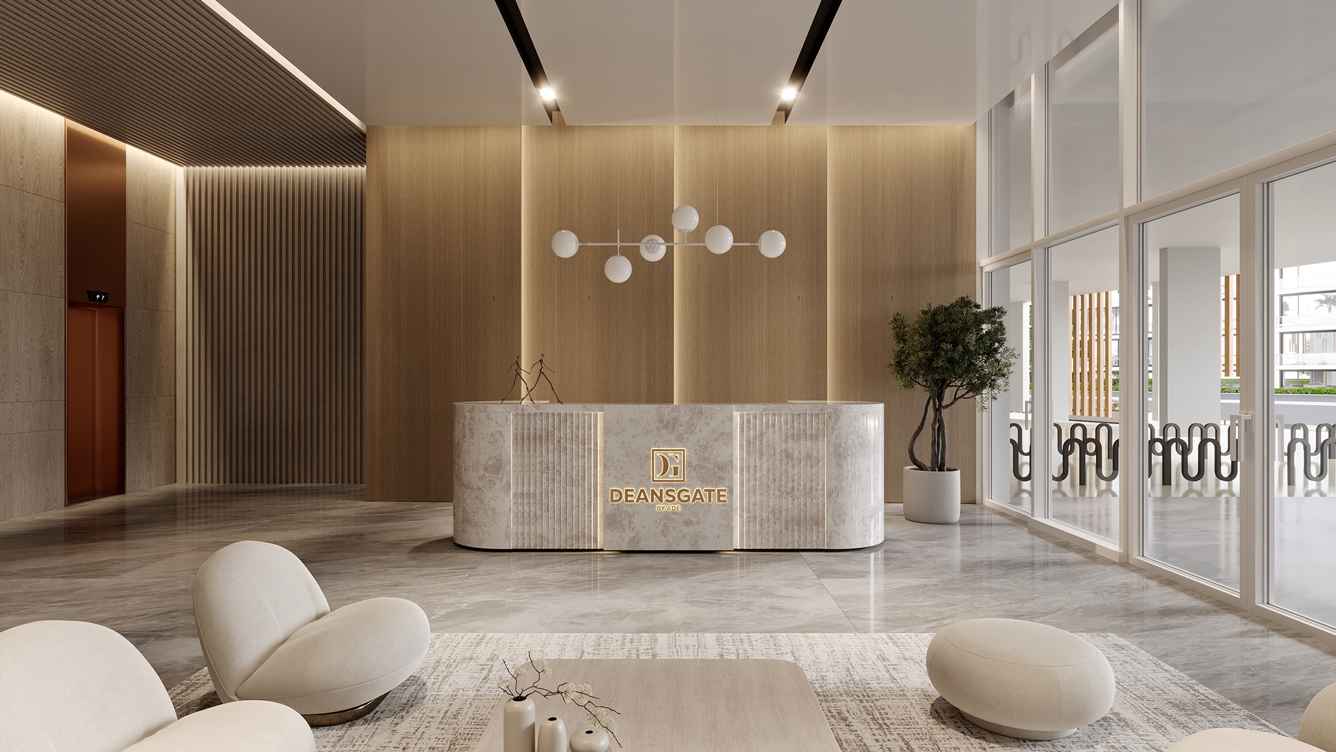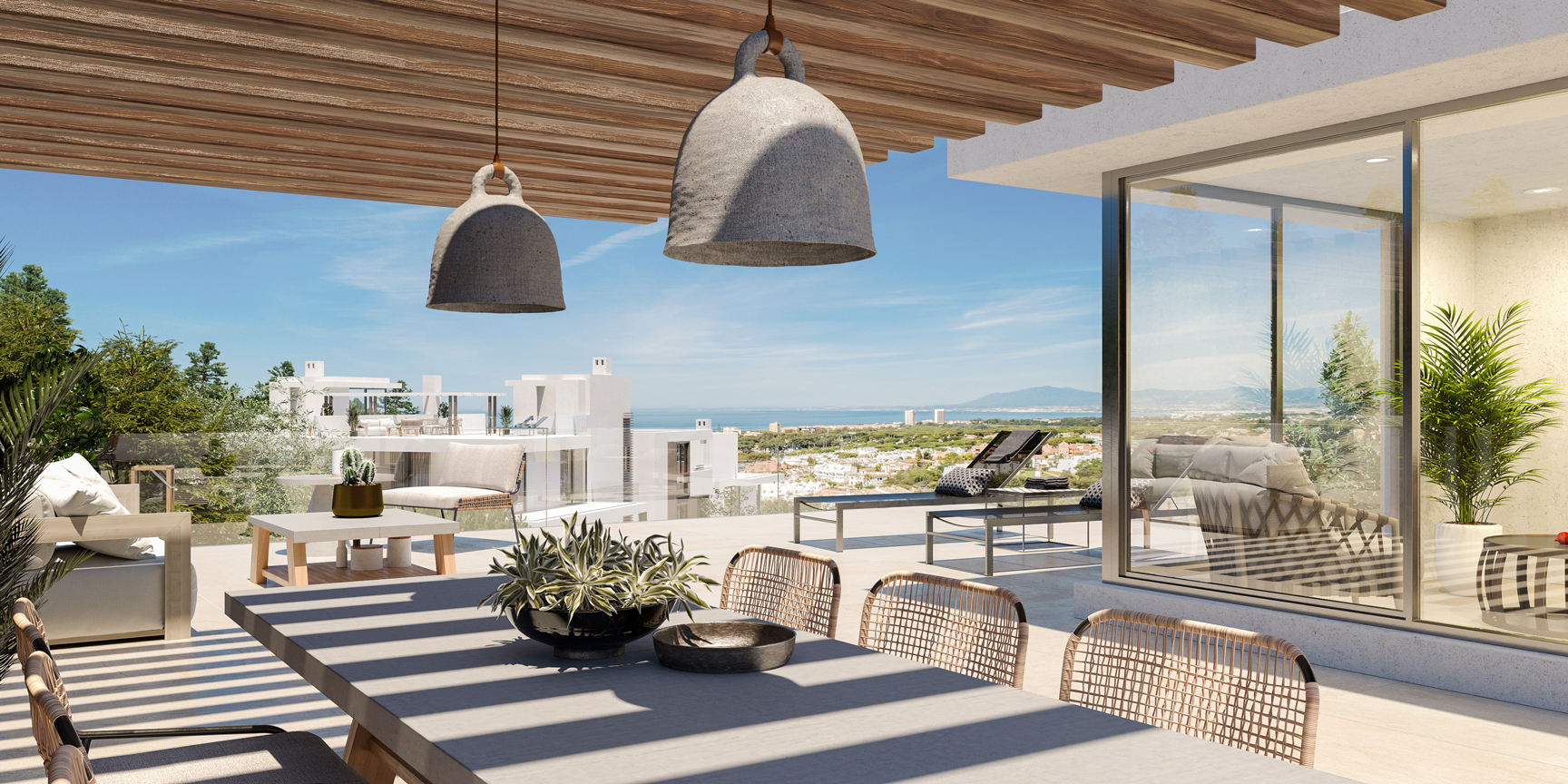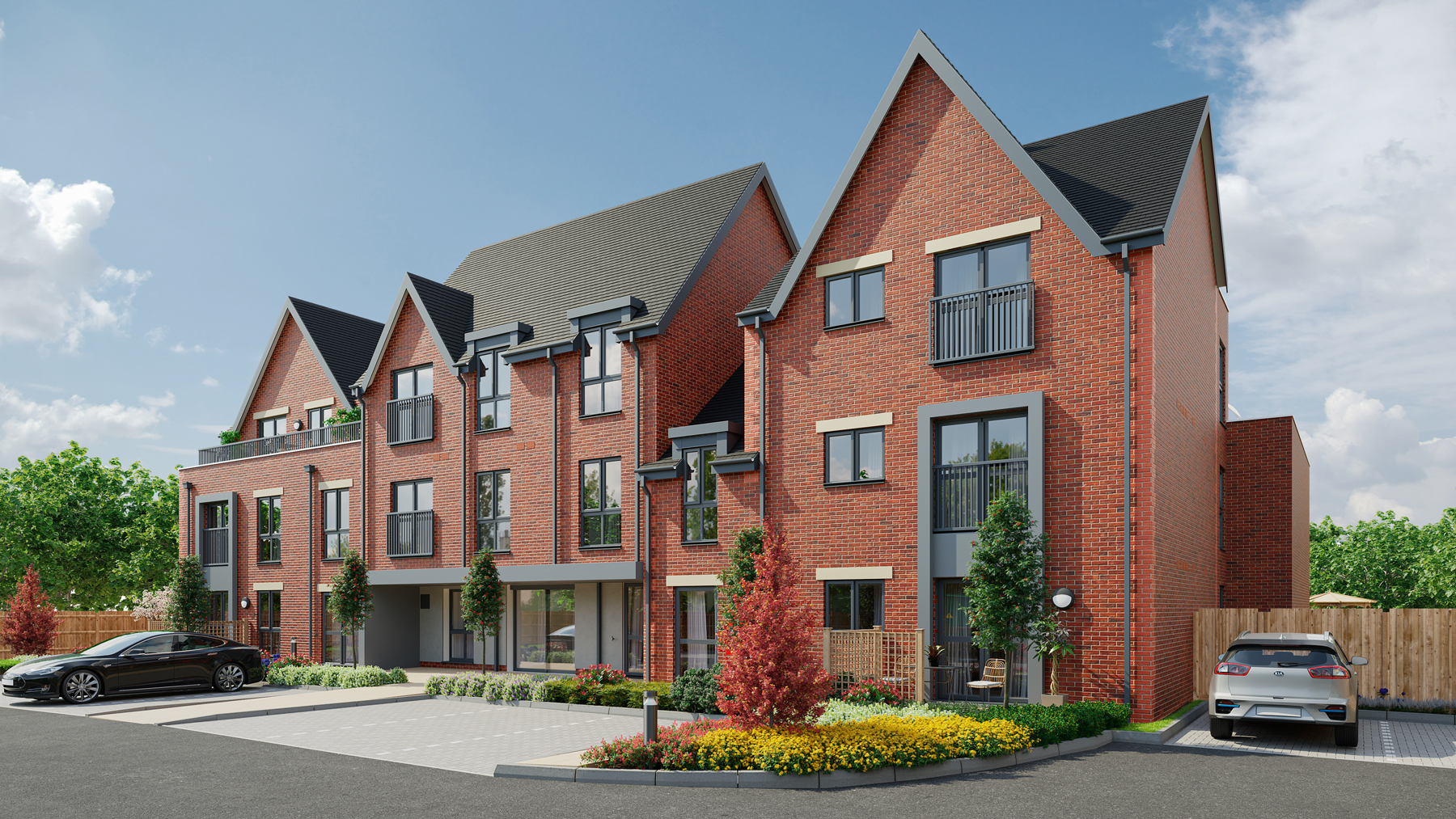The real estate development industry is one of the most complex and competitive. This means that companies wanting to take their place in the market must use the most effective tactics and practices to achieve their goals.
Among the most challenging tasks in real estate development is the pre-sale of unfinished properties. Without a “final product,” developers need to be able to solve the related set of challenges best. Since the property, in this case, is only available in the form of drawings or concept plans, there are significant obstacles as the company needs to present its project in a way that helps potential buyers clearly visualize the finished object.
To solve this problem, developers can use the latest technologies, such as 3D architectural rendering. This useful tool is already revolutionizing the way architectural plans are executed and also helps clients visualize work in progress, thereby leading to a streamlined pre-sales process.
The real estate business is largely about visual materials to attract potential buyers. However, real estate visualization takes this aspect to a whole new level. 3D interior renderings is a realistic representation of real estate objects, demonstrating them to the client from the best angle. This allows buyers to visualize the space just as they would in real life.
3D images can be used in various ways, from print to digital marketing materials. They can also help potential clients visualize an unfinished property, leading to faster sales.
Let’s examine the value of 3D rendering in property pre-selling and how it can help developers improve their business models.
The Main Challenges In Property Pre-Selling
One of the key things in real estate is trust between the parties. Selling properties that are currently only in the development or construction stage is perhaps the main challenge since the solution to this task requires a high level of trust and an understanding of the project on the part of potential buyers. In addition, visualization and imagination also play an essential role since the project has yet to be ready; therefore, assessing the full scope of the project can be difficult, especially for people without an architectural background.
While more traditional methods such as 2D drawings and designer sketches are still useful tools, this approach can often be difficult to use when unlocking the potential of features and spaces and how design elements and objects combine.
The Value Of 3D Visualization
3D rendering is perhaps the best solution for showcasing a property that is still under development or construction. With this technology, developers can convert drawings and architectural plans into realistic 3D images, providing real estate agents and other involved parties with a powerful tool for a comprehensive overview of future construction.
Immersive Effect
One of the most obvious and valuable benefits of 3D visualization is that this method provides photorealistic images of both the building’s exterior and interior. These renderings can display intricate architectural details, finishes, fittings, and furniture offerings in detail. With this technology, a potential buyer can view design elements and the space from different angles, thus getting a comprehensive overview of the property. VR tours, created from 3D models, allow buyers to walk around a property in a virtual environment. This approach is often a perfect solution over standard static images because it offers an immersive experience.
Expanded Flexibility
Another valuable benefit of 3D rendering is customization and flexibility. Architects and designers can easily create multiple versions of a property and specify different finishes, decor, or possible features.
In this case, customization and flexibility are invaluable to ensure that a given property suits potential buyers’ tastes, needs, and requirements.
Effective Marketing
The good news is that the process of creating 3D visualization is noticeably faster and more efficient than creating physical models or detailed mockups. This way, all necessary changes can be made quickly, providing a more dynamic and flexible pre-sales strategy. The efficiency of 3D rendering technology not only speeds up the marketing process but also allows developers to adapt to customer needs and market trends quickly.
Cost Efficiency
Although creating high-quality 3D renderings requires an investment, they are usually more cost-effective than traditional marketing methods, as physical models and fully furnished show homes are more expensive to build and maintain.
In this case, 3D rendering is a versatile digital tool that can be used across a variety of marketing platforms, including websites, social media, and even virtual reality.
Customer Trust
The most valuable benefit of 3D images is their ability to increase customer confidence. By providing realistic and detailed previews of properties, these renderings remove much of the uncertainty and fears of pre-construction purchases, allowing potential buyers to make informed decisions and increasing their comfort level when investing in off-the-plan properties.
In Conclusion
In today’s real estate market and pre-selling marketing, 3D rendering is a useful tool and an important asset for a successful deal.
This technology provides the ability to solve the challenges inherent in selling real estate under development by providing superior visualization, personalization, and cost efficiency. This approach plays an important role in increasing customer confidence. As 3D rendering technology develops and becomes more complex, its value in pre-sales and real estate marketing is growing, strengthening its position as the foundation of modern real estate development strategies.
3D real estate renderings offer a wide range of benefits, including:
●Improved 3D visualization of projects in progress or under construction
●Optimized sales process
●Increased customer interest and involvement
●Improved marketing materials for websites and social networks
●Accelerating real estate sales
3D property images can help agents and developers get ahead of their competitors and sell properties faster with a more effective marketing strategy.





More Stories
Pet-Safe Pest Control: How Flea Infestations Start & Stop
Surefire Spots to Purchase Nylon Webbing Straps Online: Tested Retailers & Price Comparo
Property Valuation Certificate in Dubai: When You Need It and How to Get It